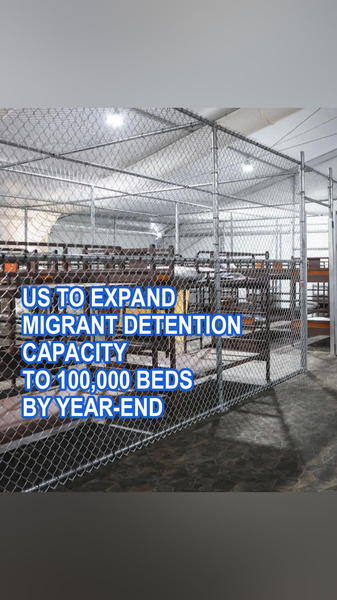In a rapid escalation of immigration enforcement efforts, U.S. Immigration and Customs Enforcement (ICE) has announced plans to ramp up detention bed capacity from 40,000 to 100,000 by the end of 2025, up from 40,000 today. This move follows a newly secured $45 billion funding package aimed at fast-tracking tent-style camps nationwide.
Priority sites include a 5,000-bed facility at Fort Bliss, Texas, with additional centers in Colorado, Indiana, and New Jersey. Among the most contentious is Florida’s “Alligator Alcatraz,” a camp erected in just eight days and operational since early July, drawing fierce backlash from protesters, rights groups, and environmental advocates.
Behind the numbers, critics highlight key concerns:
- Protest Movements: Hundreds have rallied at “Alligator Alcatraz,” decrying conditions and demanding more humane alternatives.
- Environmental Impact: Rapid construction on sensitive land has raised alarms about wildlife disruption and ecosystem damage.
- Legal Challenges: Lawsuits are mounting over detainee welfare standards and transparency in camp operations.
On a global scale, this expansion represents a roughly 150% increase in detention capacity, spotlighting a policy shift that prioritizes deterrence. For young global citizens and business insiders alike, questions abound over resource allocation: at an estimated $450,000 per additional bed, how might these funds be balanced against community integration, legal support, or sustainable migration strategies?
As the U.S. doubles down on immigration detention, experts and activists urge a balanced approach that centers human dignity and long-term solutions. How do you see this development shaping migration policy? Share your thoughts and stay connected for ongoing updates.
Reference(s):
U.S. to expand migrant detention capacity to 100,000 beds by year-end
cgtn.com




